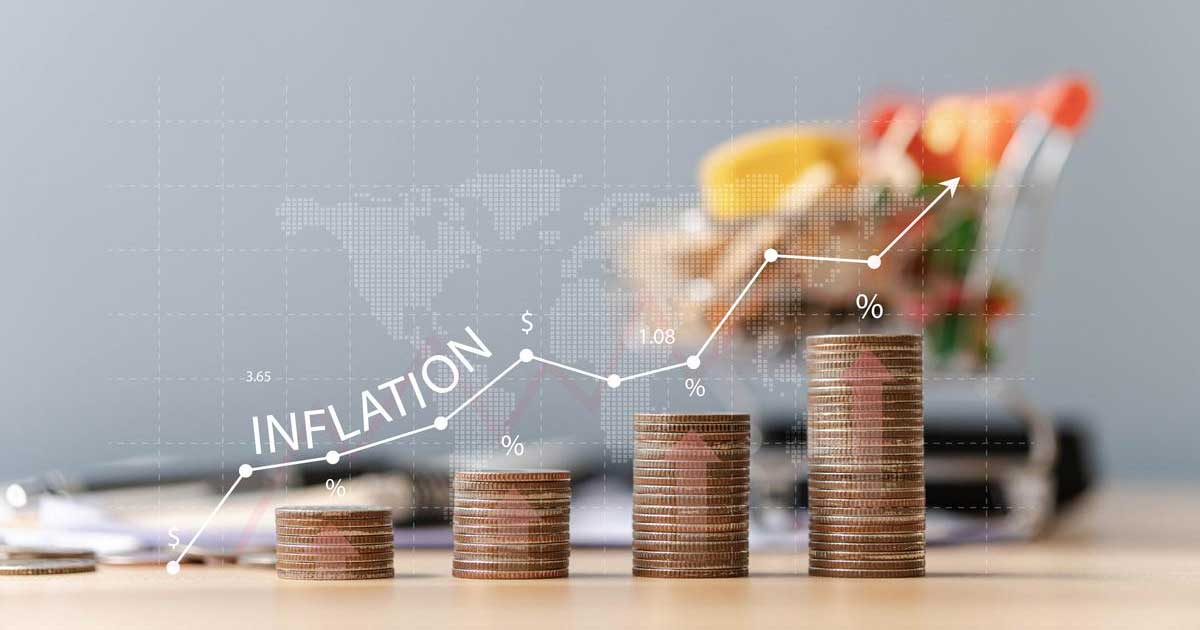When we live in a context of inflation, we often lose the reference that allows us to identify if the price of a product is high or cheap. Therefore, our purchase decisions become complicated; we often purchase products inconvenient for our financial health.
To identify if the price of a product is high or if we are facing an opportunity, we can use one of the following three methods:
Compare the inflation of the sector to which our product belongs with general inflation
This first method consists of analyzing the prices of all the products that are part of an economic sector, for example, food, clothing, health, etc. When the industry of the product that we want to buy has its inflation and is above general price inflation, we are faced with a product that can be considered expensive.
In Argentina, this data can be easily consulted in the monthly technical reports published by the National Institute of Statistics and Censuses (INDEC) with variations in the Consumer Price Index and inflation calculations.
If we analyze the case of Mexico, the information in the following graph indicates that the food sector is expensive if we understand that its prices increased by an average of 13.80% year-on-year, while macroeconomic accumulated inflation (of all food prices in the economy) was 8.62% in the last 12 months.
Additionally, we can look for the reports delivered by each country’s official statistical entities to see what increased the most within each sector. Thus, we will detect which are the most expensive products, and this will allow us to redefine our monthly budget.
In the case of Mexico, for example, we can see that the price of avocado (avocado) rose well above inflation, while rice practically maintained its price.
Pass the product’s value to the dollar and compare it with countries in the region.
For this method of comparison, we must always take the reference of products from countries in the region that are the main trading partners of our country.
If we buy a car in Argentina, for example, for AR$ 3,000,000, and the dollar is worth AR$ 300, we would be paying USD 10,000. But if in Brazil (Argentina’s leading trading partner) this car costs USD 12,000, we can say that we are paying a reasonable price for the vehicle in the region.
Use a price reference.
This method lacks a theoretical foundation because it is based on common sense. If we pay AR$20,000 for some slippers and the rent for our apartment is AR$25,000, we can determine that one of the two prices is distorted: either the slippers are very expensive, or the rent is very cheap.
To apply this method correctly, it is good to have historical information that allows us to understand how the relationship between these two prices was in the past.
Tip extra
If you receive a salary adjustment due to inflation and the product you wanted to buy in that period did not increase (or it became more expensive at a percentage lower than your salary adjustment). It has become “cheaper” since that product’s weight on your total income has been reduced.
For example, if a product costs AR$ 5,000 and your monthly salary is AR$ 100,000, the product represents 5% of your total income. If your pay rises to AR$120,000 after six months due to inflationary adjustment, but the effect is now worth AR$5,400, in this case, it has become “cheaper” for you by representing 4.5% of your income.
Knowing these methods to determine if a product is above or below its value will help you:
-
Recognize when is an excellent time to purchase certain products.
-
Correctly estimate the savings you need to keep until you acquire it.
-
Identify in which purchases it may be advisable to look for other cheaper alternatives.
-
Organize your budget.
-
Differentiate between opportunity, offer, and commercial promotions.






